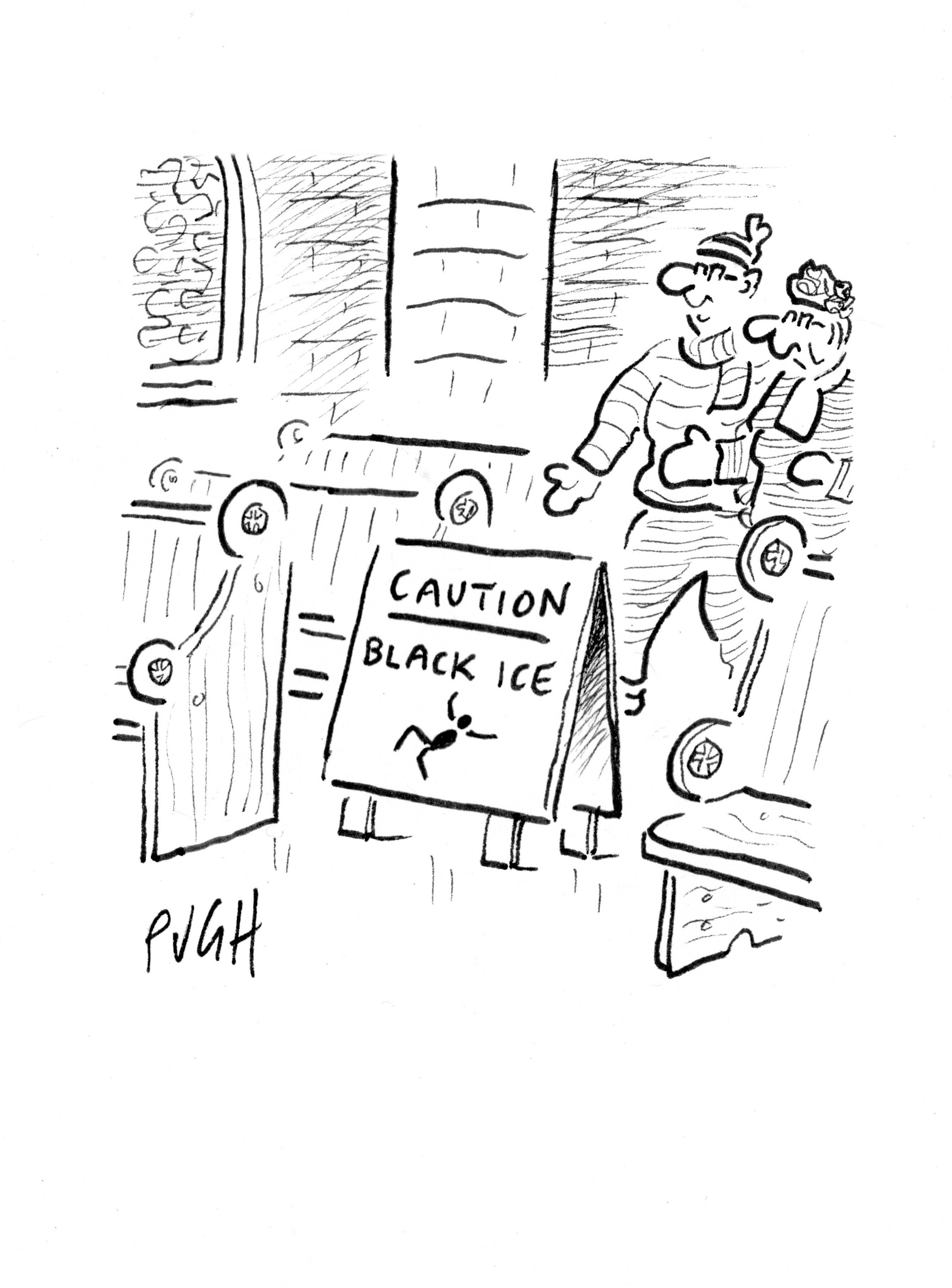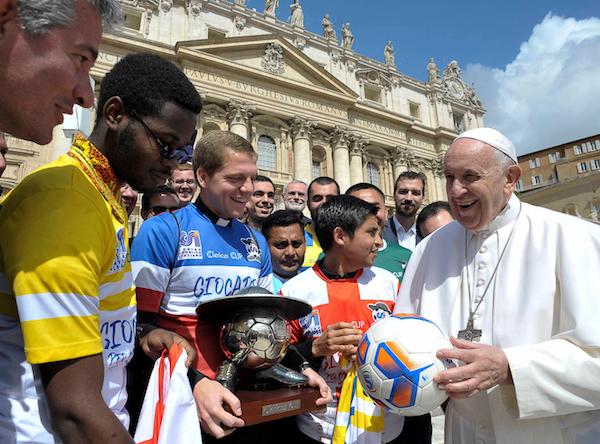The analogy of a once brilliant football team might help us to understand where the Church has reached in implementing the reforms of the Second Vatican Council, which began 60 years ago today.
After the Council, “Vatican II” was a superb side. They had star players such as Karl Rahner, Joseph Ratzinger and Edward Schillebeeckx who could take on any team. Few came close to beating them.
Then, suddenly, the side split up. Ratzinger and another great player, Henri de Lubac, decided to form their own team (leaving Concilium, the house journal of these great theologians of the Council, and creating a new publication, Communio, taking a more cautious reading of its key documents).
Then the “greats” retired, and the prestige of Vatican II became frayed. It started to drop points in clashes with some less talented but well-organised and disciplined sides that loved nothing more than scoring goals against the Council. A low point for the fading giants came in 2007, when the pre-Vatican II liturgy was given the green light to be celebrated again. Vatican II had been relegated from the top division.
Then came the election of Pope Francis in 2013. A club with a great legacy but low in confidence had suddenly acquired a dynamic and experienced new head coach from Argentina. He brought in some brilliant new players from Asia and Latin America and the team started to believe in itself again. He insisted that he was doing nothing new, and was simply restoring the basic teamwork principles and tactics that had made Vatican II such a great side.
The team is moving up the league table again. But there are some inexperienced players, and opposing sides are cannier and more ruthless than ever. There’s a long way still to go.
This is how the Church could be described 60 years on from the opening days of the Council. What makes Francis distinctive is that he’s pushed ahead with implementing the Council rather than becoming preoccupied with an abstract debate on how it should be interpreted. He has not taken a “side” on the Communio v Concilium debate but adopted a both/and approach.
It’s “Yes” to an understanding of the Council as an epoch-shifting event that cannot be reduced simply to its documents. Rome now talks about the “Spirit” of the Council. But Francis is also moving cautiously on internal reforms while pushing for a less self-referential Church, one that brings alive the famous opening line of Gaudium et Spes: “The joys and the hopes, the griefs and the anxieties” of the men and women of our age “especially those who are poor or in any way afflicted, are the joys and hopes, the griefs and anxieties of the followers of Christ.”
The Pope has built on the Council’s engagement with other religions, signing a landmark document on inter-religious cooperation with the Grand Imam of Al-Azhar and building alliances with other religious leaders. Next month, he will be doing more work on Christian-Muslim dialogue when he becomes the first Pope to visit Bahrain. And on the liturgy, he has secured a major victory for the Council by reversing the 2007 decision to allow the pre-Vatican II rite to co-exist with the reformed liturgy as an “extraordinary form” of the Roman Rite.
The synodal process is an example of Francis' attempt to bring Vatican II's ecclesiology to life by following the council's model of the Church as the People of God and seeking to find ways for the hierarchy and people to discern the will of the Holy Spirit collectively. The Council was an attempt to recover the spirit of early Christianity and find new ways to present the eternal truth of the Gospel.
With his vision of a “poor Church for the poor”, this Pope has followed what Joseph Ratzinger wrote about the council in 1966.
“The Church has for a long time looked like a Church of baroque princes,” Ratzinger, later Pope Benedict XVI, wrote in Theological Highlights of Vatican II. “It is now returning to the spirit of simplicity which marked its origins – when the ‘servant of God’ chose to be a carpenter’s son & chose fishermen as his first messengers.”
Under coach Bergoglio, Vatican II has been given a new lease of life.



 Loading ...
Loading ...